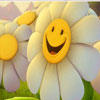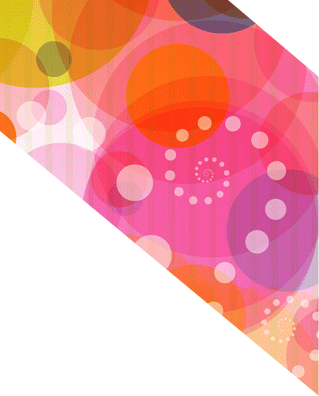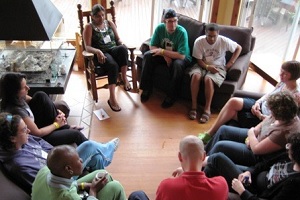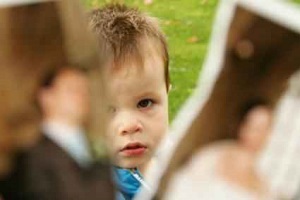Obsessive Compulsive Disorder Among Adults - Statistics
TweetObsessive-compulsive disorder (OCD) is characterized by intrusive thoughts that produce anxiety (obsessions), repetitive behaviors that are engaged in to reduce anxiety (compulsions), or a combination of both. While many are concerned about germs or leaving their stove on, people with OCD are unable to control their anxiety-producing thoughts and their need to engage in ritualized behaviors. As a result, OCD can have a tremendous negative impact on people’s day-to-day functioning.
It is common, chronic and long-lasting disorder in which a person has uncontrollable, reoccurring thoughts (obsessions) and behaviors (compulsions) that he or she feels the urge to repeat over and over.
- In the United States, about 1 in 40 adults and 1 in 100 children have OCD. And according to the World Health Organization, OCD is one of the top 20 causes of illness-related disability, worldwide, for individuals between 15 and 44 years of age.
- OCD affects 2.2 million adults, or 1.0% of the U.S. population.
- OCD is equally common among men and women.
- The average age of onset is 19, with 25 percent of cases occurring by age 14. One-third of affected adults first experienced symptoms in childhood.



Sometimes crying or laughing
are the only options left,
and laughing feels better right now.

Current Issue
 Self Help Leaflets Take the help of our self help leaflets or booklets. |
 The DG Magazine All about living with depression |












